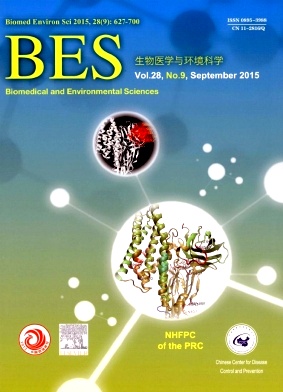Flexibility Analysis of Bacillus thuringiensis Cry1Aa
doi: 10.3967/bes2015.089
-
Key words:
- Flexibility /
- Cry1Aa /
- Bacillus thuringiensis /
- Constraint Network Analysis /
- NMSim
Abstract: Objective To investigate the flexibility and mobility of the Bacillus thuringiensis toxin Cry1Aa.
Methods The graph theory-based program Constraint Network Analysis and normal mode-based program NMsim were used to analyze the global and local flexibility indices as well as the fluctuation of individual residues in detail.
Results The decrease in Cry1Aa network rigidity with the increase of temperature was evident. Two phase transition points in which the Cry1Aa structure lost rigidity during the thermal simulation were identified. Two rigid clusters were found in domains I and II. Weak spots were found in C-terminal domain III. Several flexible regions were found in all three domains;the largest residue fluctuation was present in the apical loop2 of domain II.
Conclusion Although several flexible regions could be found in all the three domains, the most flexible regions were in the apical loops of domain II.
| Citation: | ZHAO Xin Min, XIA Li Qiu, YANG Xiao Ping, PENG Xiao Yun. Flexibility Analysis of Bacillus thuringiensis Cry1Aa[J]. Biomedical and Environmental Sciences, 2015, 28(9): 634-641. doi: 10.3967/bes2015.089 |







 Quick Links
Quick Links
 DownLoad:
DownLoad: